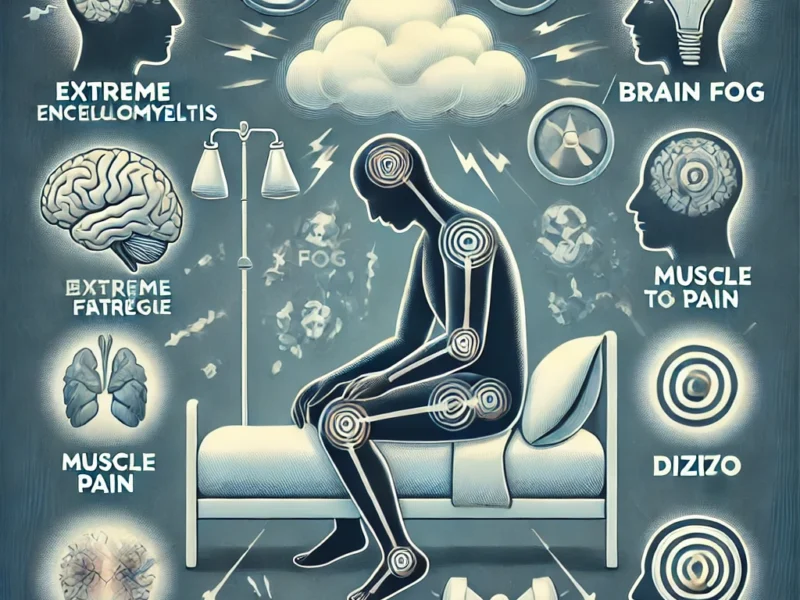Extended physical exercise in rats alters RNA, proteins, and metabolites profoundly in almost every tissue, offering insights into a wide range of human health issues.
Recent scientific research has made significant strides in understanding how prolonged physical activity impacts cellular processes, particularly through the study of rats. This work is uncovering profound changes in RNA, proteins, and metabolites across nearly all tissues, offering valuable insights into various human health conditions.
Exercise and Cellular Function
Exercise is widely recognized for its beneficial effects on overall health, including improved cardiovascular function, enhanced muscle strength, and better mental health. However, the intricate biological mechanisms driving these benefits have remained elusive. By examining the molecular alterations induced by exercise, scientists are now beginning to piece together how physical activity exerts its positive effects at the cellular level.
The Study: Prolonged Exercise in Rats
In a recent comprehensive study, researchers subjected rats to a regimen of prolonged physical activity to observe the subsequent cellular changes. The chosen model, rats, shares many physiological and genetic similarities with humans, making them an ideal subject for this type of research.
The study involved detailed analyses of RNA, proteins, and metabolites across various tissues, including muscles, liver, heart, brain, and adipose tissue. These analyses were conducted using advanced techniques such as RNA sequencing, proteomics, and metabolomics, which allowed for a broad and detailed view of the cellular landscape.
RNA Changes: Gene Expression Modulation
The research yielded a significant finding: prolonged exercise led to a substantial alteration in RNA expression profiles. RNA, which carries genetic information from DNA to the cell machinery that makes proteins, plays a crucial role in gene expression.
The researchers observed that exercise led to the upregulation and downregulation of numerous genes across different tissues. For instance, genes involved in mitochondrial function and energy metabolism were significantly upregulated in muscle tissues. This upregulation supports enhanced energy production and utilization, critical for sustaining prolonged physical activity. Conversely, genes associated with inflammatory responses and cellular stress were downregulated, suggesting a protective effect against exercise-induced stress.
Protein Changes: Adaptation and Repair
At the protein level, the study revealed substantial changes in the composition and abundance of various proteins. Proteins are the workhorses of the cell, involved in virtually all cellular functions, from structural support to enzymatic activity.
Exercise-induced changes included an increase in proteins related to muscle contraction, energy production, and cellular repair mechanisms. Notably, there was a rise in heat shock proteins, which help prevent damage to other proteins during physical stress. This increase indicates that exercise primes the cells for better stress management and repair, contributing to overall cellular resilience.
Metabolite Changes: Enhanced Metabolic Pathways
Metabolites, the small molecules involved in metabolism, also showed significant alterations. The study found increased levels of metabolites involved in the tricarboxylic acid (TCA) cycle, a central pathway in cellular energy production. Enhanced TCA cycle activity suggests that prolonged exercise boosts the cells’ capacity to generate ATP, the primary energy currency of the cell.
Moreover, changes in the lipid metabolism were revealed, particularly in the liver and adipose tissue. These changes included an increased breakdown of fatty acids, providing an alternative energy source during extended periods of physical exertion. This shift not only supports sustained energy production but also contributes to improved lipid profiles, potentially reducing the risk of metabolic diseases.
Implications for Human Health
The insights gained from this study have broad implications for understanding how exercise benefits human health at the molecular level. The observed changes in RNA, proteins, and metabolites provide clues about the mechanisms through which exercise can help prevent and manage various health conditions.
Metabolic Disorders
One of the most significant implications is for metabolic disorders such as obesity, type 2 diabetes, and metabolic syndrome. The study’s findings suggest that exercise enhances metabolic flexibility, allowing the body to efficiently switch between different energy sources. This flexibility is crucial for maintaining healthy blood glucose levels and lipid profiles, thereby reducing the risk of metabolic diseases.
Cardiovascular Health
The upregulation of genes and proteins related to mitochondrial function and energy metabolism in heart tissues underscores the cardiovascular benefits of exercise. Improved mitochondrial efficiency can enhance cardiac function and reduce the risk of heart diseases. Additionally, the anti-inflammatory effects observed in the study suggest that exercise can mitigate chronic inflammation, a key factor in the development of cardiovascular diseases.
Muscle and Skeletal Health
The study’s findings also highlight the benefits of exercise for muscle and skeletal health. Increased expression of genes and proteins involved in muscle contraction and repair indicates that exercise promotes muscle growth and regeneration. This can help prevent age-related muscle loss (sarcopenia) and improve overall physical strength and endurance.
Neuroprotection
Interestingly, the study also found changes in brain tissues, suggesting potential neuroprotective effects of exercise. Increased expression of genes related to neuroplasticity and stress response in the brain may contribute to improved cognitive function and reduced risk of neurodegenerative diseases.
Conclusion
The research on prolonged physical activity in rats offers a comprehensive view of how exercise induces molecular changes across various tissues. By elucidating the alterations in RNA, proteins, and metabolites, scientists are gaining a deeper understanding of the cellular mechanisms behind the health benefits of exercise. These findings pave the way for developing targeted interventions and personalized exercise programs to enhance human health and combat various diseases. As research progresses, the molecular insights gained from such studies will continue to inform and refine our approaches to exercise and health.
Research Source:
Broad Institute of MIT and Harvard

